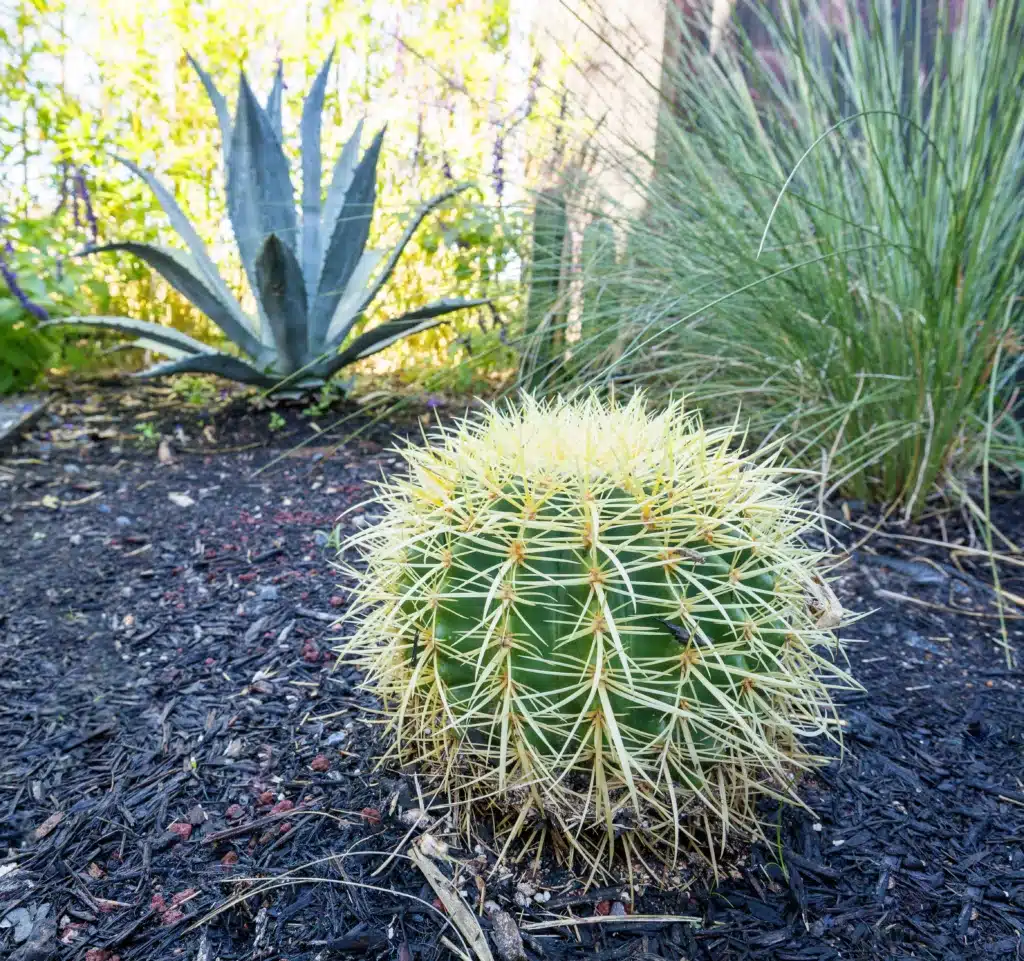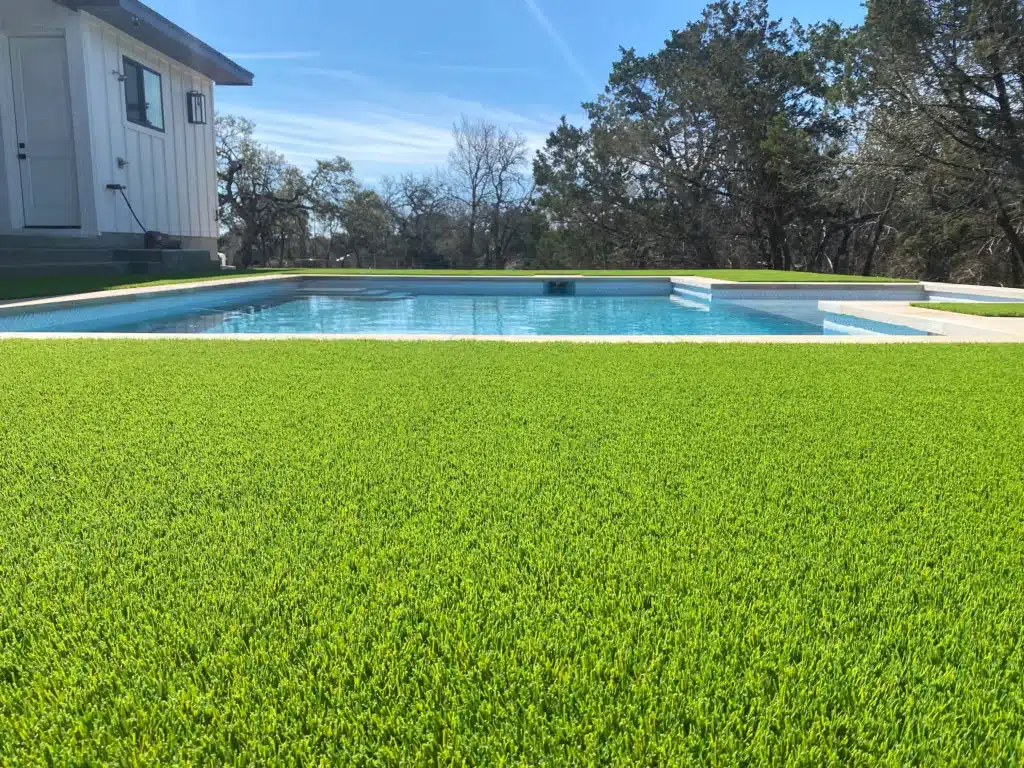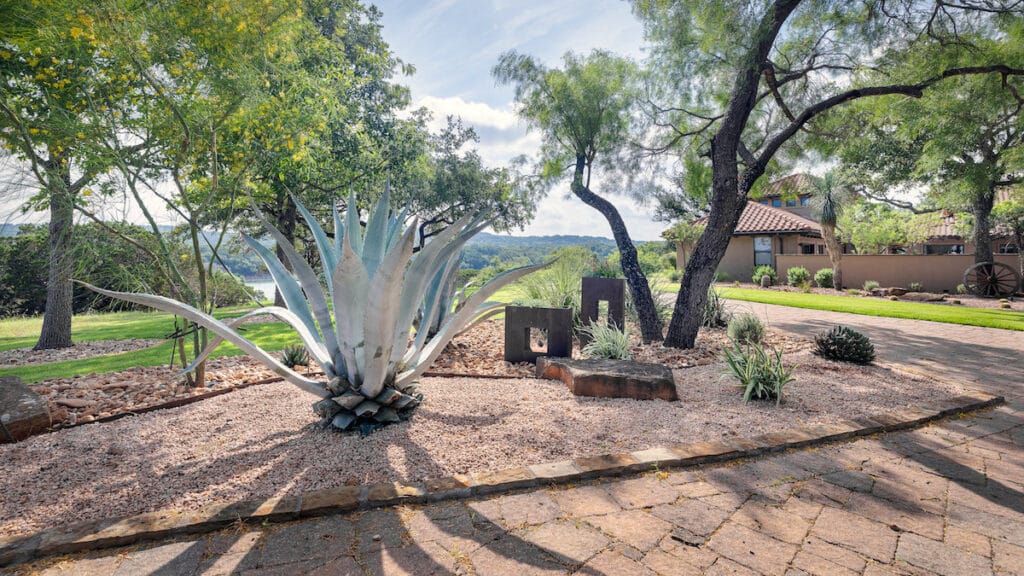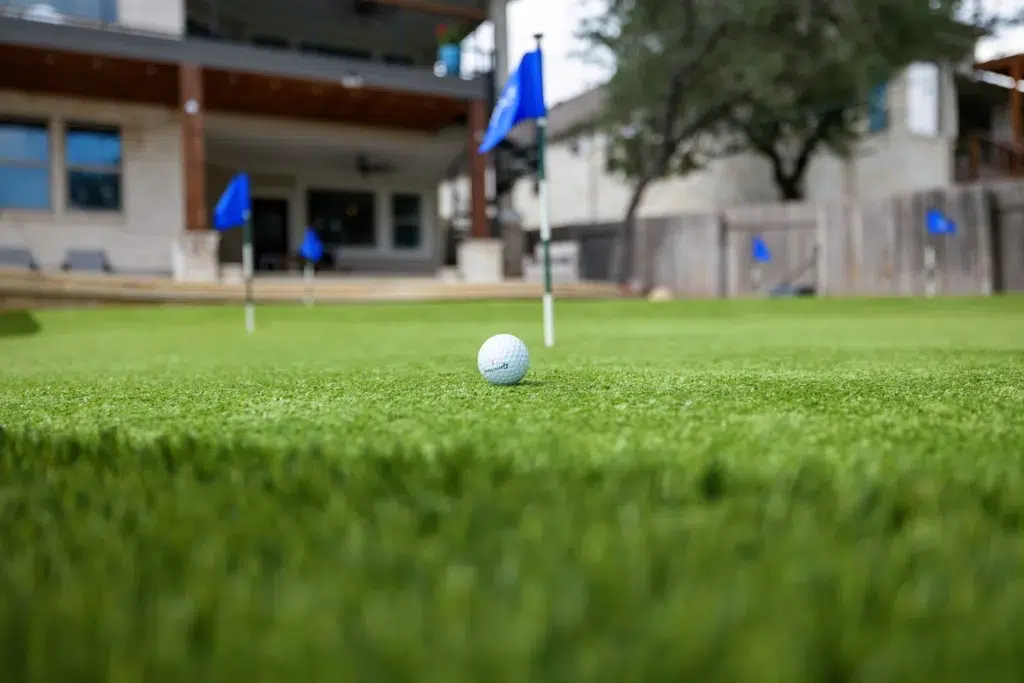HOA-Friendly Xeriscaping: Ideas and What You Need to Know

The vibrant communities of Liberty Hill and Georgetown, Texas, are known for their unique blend of rural charm and suburban sophistication. Neighborhoods like Rancho Santa Fe, Santa Rita Ranch, and Cimarron Hills exemplify this blend with their lush landscapes and environmentally conscious residents. With an eye on sustainability and legality, let’s delve into the art of xeriscaping — a landscaping philosophy that’s not just beautiful and cost-effective but also a right for Texans living under HOA governance.
What is Xeriscaping?
In the heart of Texas, where the sun bathes the earth in its relentless warmth, xeriscaping emerges not just as a trend but as a necessity. This landscaping technique harnesses the beauty of drought-tolerant plants and efficient irrigation methods to create verdant outdoor spaces that require minimal water resources. It's an ingenious way to save on utility bills while contributing to the community's aesthetic and ecological well-being.
Texas and Xeriscaping
Despite Texas' reputation for extreme weather and bouts of heavy rainfall, its climate can be unforgivingly dry, making xeriscaping an ideal solution. Recognizing the environmental and economic benefits, the State of Texas has empowered homeowners with the right to adopt water-saving landscaping techniques. This means that while HOAs in areas such as Rancho Santa Fe, Santa Rita Ranch, and Cimarron Hills can guide the aesthetics, they cannot unreasonably restrict the use of drought-resistant landscapes.
Legislative Support for Water Conservation
Under Texas Property Code Section 202.007, homeowners have the right to implement xeriscaping without facing prohibitive HOA regulations. This includes the installation of water-efficient irrigation systems like drip irrigation, utilization of rainwater harvesting, and composting. Although HOAs can mandate a review of xeriscaping plans, they must adhere to state laws that favor water conservation.
Eco-Friendly Xeriscaping Ideas

- Native Plants: Opt for Texas natives like Blue Sage, Autumn Sage, and Texas Lantana, which are well-adapted to the region's weather patterns.
- Layering: Implement a layered landscape design using varying plant heights and colors to create depth and interest without relying on water-intensive greenery.
- Mulching: Use organic mulch to retain soil moisture and reduce evaporation, further diminishing the need for irrigation.
- Grass Alternatives: Instead of traditional lawns, consider buffalo grass or blue grama for a turf that's naturally drought-resistant.
Outdoor Living Spaces and Hardscapes

- Patios and Walkways: Use local stones or recycled materials to build patios and paths that require no watering at all.
- Decorative Rocks and Gravel: Replace areas where grass might struggle with an artful arrangement of rocks or gravel that compliments your plants and reduces water demand.
- Water Features: If desired, add a water feature that recirculates water, offering the tranquil sound of flowing water without high consumption.
HOA Friendly Design Plans: What You Need to Know
- Plan Submission: Most HOAs will require a detailed plan of your xeriscape design. This should include plant choices, design layout, and irrigation plans.
- Aesthetics: While HOAs cannot prohibit xeriscaping, they can regulate it to ensure it complements the neighborhood's look. Choose plants and designs that are both water-wise and visually appealing.
- Irrigation: Detail your water-conserving irrigation approach, showcasing how it will save water while keeping your landscape thriving.
- Materials: If your design includes non-plant elements like rocks or gravel, select materials that are in harmony with local standards and natural landscapes.
In conclusion, xeriscaping in central Texas is not only environmentally savvy but also a legally supported approach to landscaping. Whether you reside in the serene expanses of Rancho Santa Fe, the active environs of Santa Rita Ranch, or the luxurious confines of Cimarron Hills, a well-planned xeriscape can enhance your property's value, diminish your water usage, and contribute to a sustainable future. Embrace the beauty of xeriscaping, and transform your outdoor space into a testament to the beauty of Texas that you can enjoy all year.
Find more landscape design inspiration inside our gallery or follow us on Instagram.






